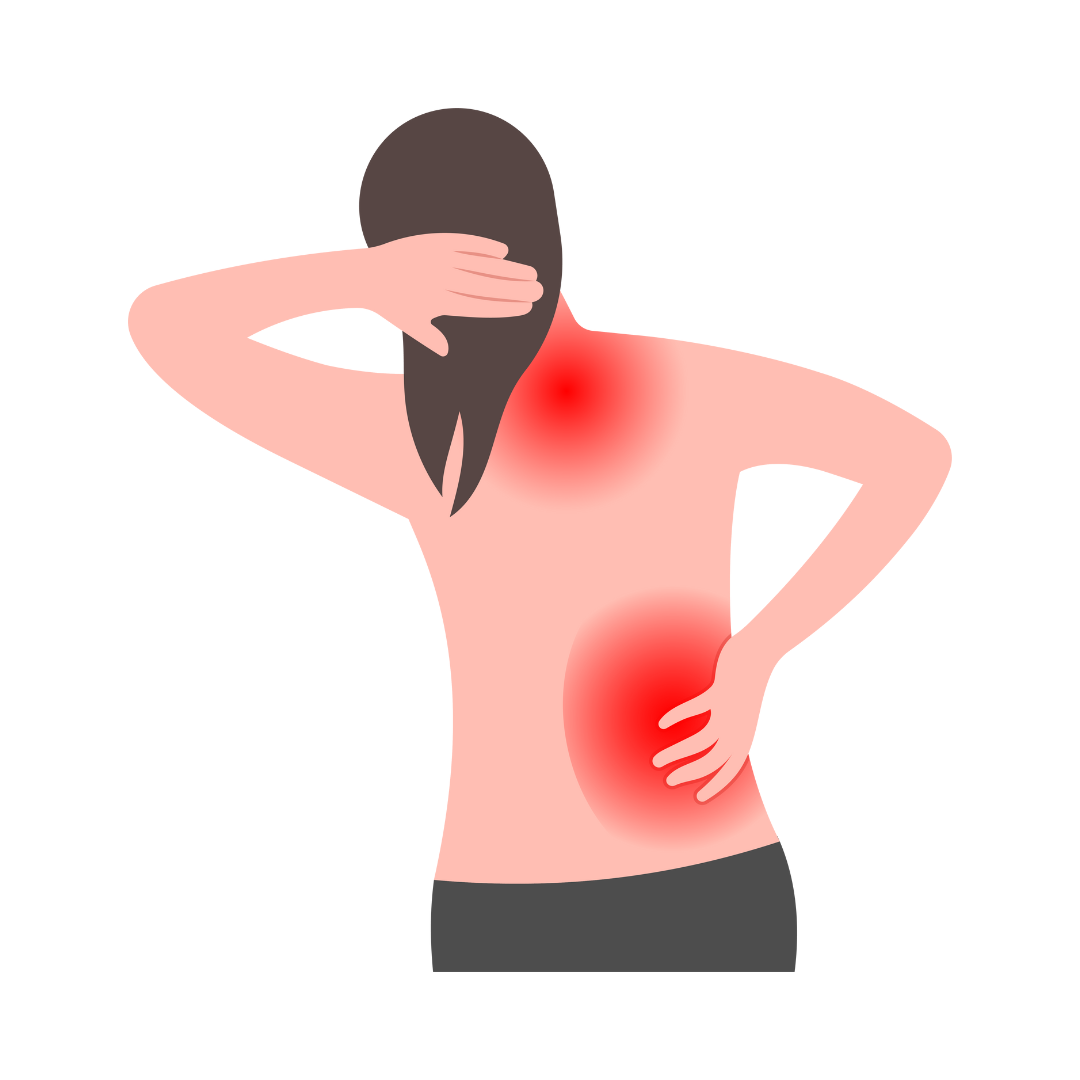Blog

Fibromyalgia: Pathogenesis, Mechanisms, Diagnosis and Treatment Options
The paper explores fibromyalgia, a condition characterized by chronic muscle pain, fatigue, and other symptoms affecting an estimated two to eight percent of the global population. While the exact cause remains unclear, it is linked to a dysfunction in the nervous system's response to pain signals. The diagnosis involves a thorough assessment by a rheumatologist, considering a patient's history of widespread pain and specific tender points. Researchers have identified various factors contributing to fibromyalgia, including inflammation, immune responses, genetics, and psychosocial elements. Diagnostic approaches have evolved, incorporating genetic, epigenetic, and antibody biomarkers. Despite the prevalence of conventional medical treatments, which focus on symptomatic relief through medications, their effectiveness is limited. Notably, 90% of individuals with fibromyalgia turn to complementary medicine to manage their symptoms. The condition often arises after physical or emotional trauma, with women more prone to its development. The paper emphasizes the complexity of fibromyalgia and the need for a multidisciplinary approach to treatment, acknowledging the widespread use of complementary therapies by those affected. It aims to increase understanding among the general public about the challenges posed by fibromyalgia and the diverse strategies employed in its management.
Read More
Autologous stem cell therapy in knee osteoarthritis
In a recent study, researchers examined the effectiveness of a novel treatment for knee osteoarthritis called autologous mesenchymal stem cell (MSC) therapy. This therapy involves using a patient's own stem cells derived from bone marrow, adipose tissue, or activated peripheral blood to alleviate pain and improve function in the knee joint. After analyzing data from 14 randomized controlled trials involving 408 patients, the study found promising results: a significant majority of patients experienced improvements in pain levels and function after one year of MSC therapy compared to traditional treatments. Additionally, imaging studies revealed better disease severity in patients who received MSC therapy. While the findings offer hope for those suffering from knee osteoarthritis, further research is needed to fully understand the therapy's long-term benefits and risks. Nonetheless, autologous MSC therapy presents an exciting avenue for improving the quality of life for individuals with knee osteoarthritis.
Read More
Ultrasound-guided versus fluoroscopy-guided nerve blocks for the treatment of radicular pain
This study compared two methods for treating radicular pain in the lower cervical spine: ultrasound-guided selective nerve root block and fluoroscopy-guided transforaminal epidural block. Over 120 patients with conditions like cervical spinal stenosis or herniated discs were randomly assigned to receive one of the treatments. Results revealed that both methods effectively alleviated pain and improved function at 2 and 12 weeks post-procedure, with no significant difference in effectiveness between the two groups. However, the ultrasound-guided approach offered distinct advantages: it facilitated the identification of critical blood vessels near the injection site, potentially reducing the risk of injury, and allowed for real-time imaging without radiation exposure. In summary, while both treatments were effective for radicular pain in the lower cervical spine, the ultrasound-guided method presented added benefits of safety and real-time visualization.
Read More
Study on Adipose Derived Stem Cell Therapy in the Treatment of Knee Osteoarthritis
The study aimed to assess the effectiveness of adipose-derived mesenchymal stem cell (ADMSC) therapy in reducing pain, improving function, and potentially modifying the progression of knee osteoarthritis. The study involved 30 participants with symptomatic knee osteoarthritis who were randomized into three groups. Two of the groups received intra-articular injections of ADMSCs: one group received a single injection of 100 × 10^6 ADMSCs, and the other group received two injections (100 × 10^6 ADMSCs each) at baseline and 6 months. The third group served as a control and continued with conservative management. No serious adverse events were reported during the study, suggesting that ADMSC therapy was safe. Both treatment groups that received ADMSCs experienced clinically significant improvements in pain and function by the end of the 12-month follow-up period. Radiological analysis using the Magnetic Resonance Imaging Osteoarthritis Knee Score indicated potential modification of disease progression, suggesting that ADMSC therapy may have a disease-modifying effect. The study concludes that autologous ADMSC therapy appears to be a safe and effective treatment for knee osteoarthritis. Furthermore, it suggests that ADMSC therapy may have the potential to prevent the progression of the disease.
Read More
Chronic pain: a review of its epidemiology and associated factors in population-based studies
Chronic pain is a widespread issue that affects people of all ages, genders, and backgrounds. It's not just about feeling pain for a short time; it's about experiencing pain that lasts for weeks, months, or even years. This article explores the many factors that contribute to chronic pain and how it impacts people's lives. Chronic pain can affect anyone, but it's more common in older adults and women. However, younger people can also experience chronic pain, especially after surgery or due to other health conditions. Demographic factors including age, gender, ethnicity, and socio-economic status all play a role in chronic pain. Lifestyle choices such as smoking, alcohol use, physical activity, and nutrition can affect how people experience chronic pain. Other health conditions, surgeries, mental health issues like depression and anxiety, and even genetics can contribute to chronic pain. The reason why these factors are important to consider is because chronic pain isn't just uncomfortable; it can also impact mental health, quality of life, and even life expectancy. People with chronic pain may struggle to work, sleep, or enjoy daily activities. Managing chronic pain requires a holistic approach that considers physical, psychological, and social factors. This may include medications, therapy, lifestyle changes, and support from healthcare professionals and loved ones. By addressing the root causes and risk factors, we can work towards reducing the burden of chronic pain on individuals and society as a whole.
Read More